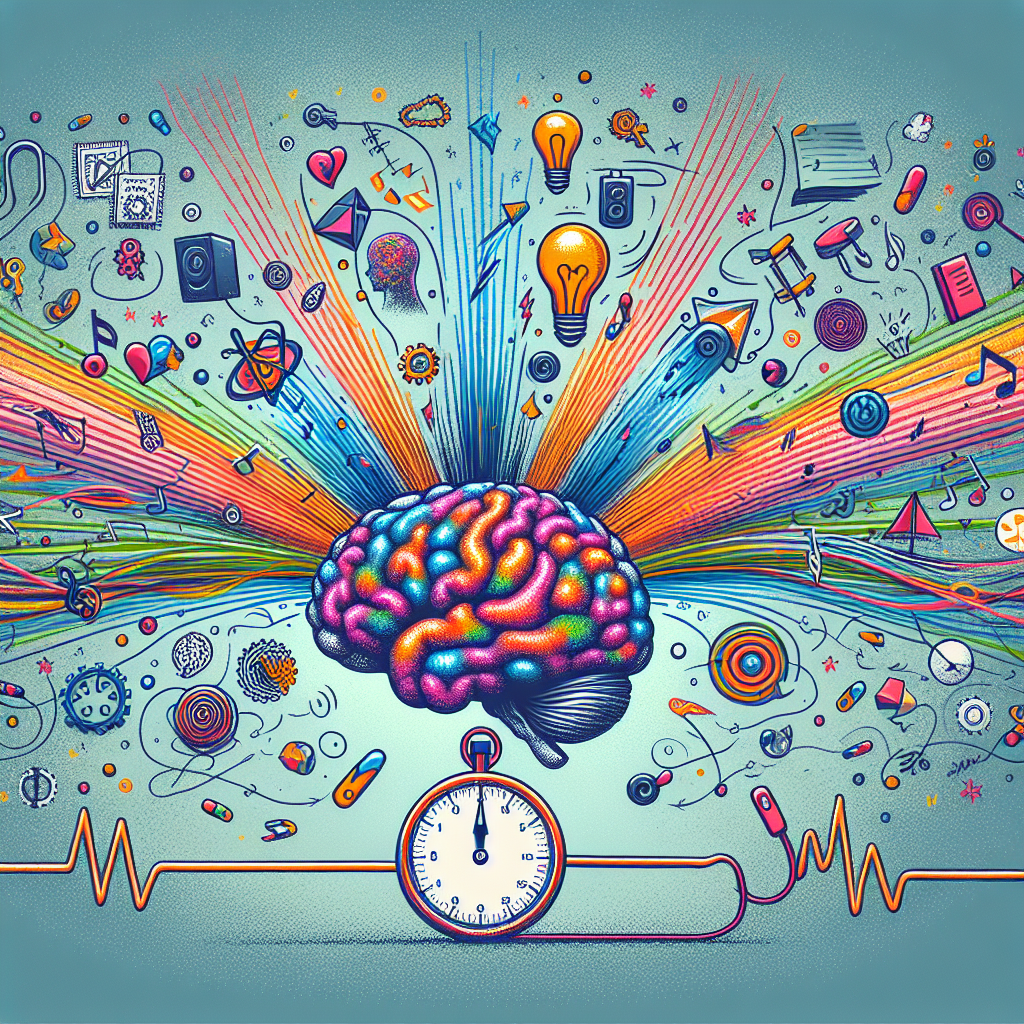Navigating ADHD: New Guidelines Transform Treatment Landscape
In Australia, ADHD is the leading childhood neurological disorder, often sparking debates around diagnosis. Recently, the Australasian ADHD Professionals Association released new prescribing guidelines to standardize ADHD treatment, combining medications with non-medical therapies. These guidelines respond to variations in diagnosis and aim to counter issues like overdiagnosis and inconsistent prescribing.

- Country:
- Australia
ADHD, the most diagnosed childhood neurological disorder in Australia, has been a focal point of controversy over the potential for misdiagnosis and overdiagnosis. Socioeconomic factors and geographical differences have historically affected the levels of diagnosis and medication prescription.
To rectify inconsistencies in ADHD treatment, the Australasian ADHD Professionals Association has developed new guidelines. These guidelines aim to ensure proper treatment delivery by proposing a combination of medical and non-medical interventions. Central to ADHD treatment are psychostimulant medications, supplemented with therapies like cognitive behavioural therapy and educational strategies.
The updated guidelines, responding to noticed rises in diagnosis and treatment, promote a consistent approach and include the lived experiences of those with ADHD. They highlight ADHD as a complex disorder warranting comprehensive care and caution against relying solely on medications. The new rules emphasize professional diagnosis over self-assessment to avoid misuse of ADHD stimulants.
(With inputs from agencies.)
ALSO READ
Graham Arnold Steps Down as Australia's Coach Amid World Cup Qualifying Struggles
Graham Arnold Steps Down as Australia Coach Amidst World Cup Struggles
Graham Arnold Resigns as Australia's Coach Amid Criticism
Graham Arnold Resigns as Australian Men's Soccer Team Coach
Travis Head Poised to Open for Australia in Home Test Series Against India










